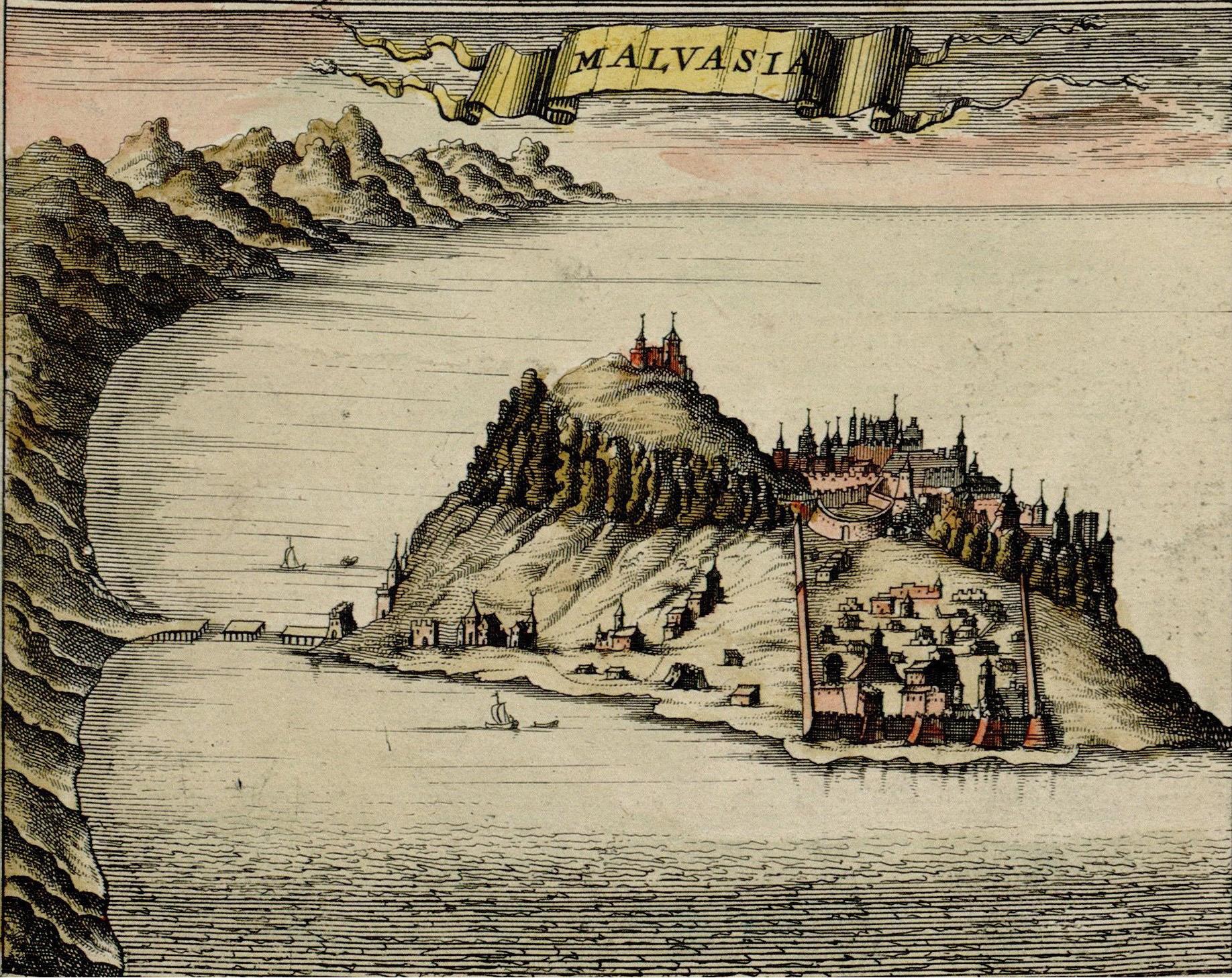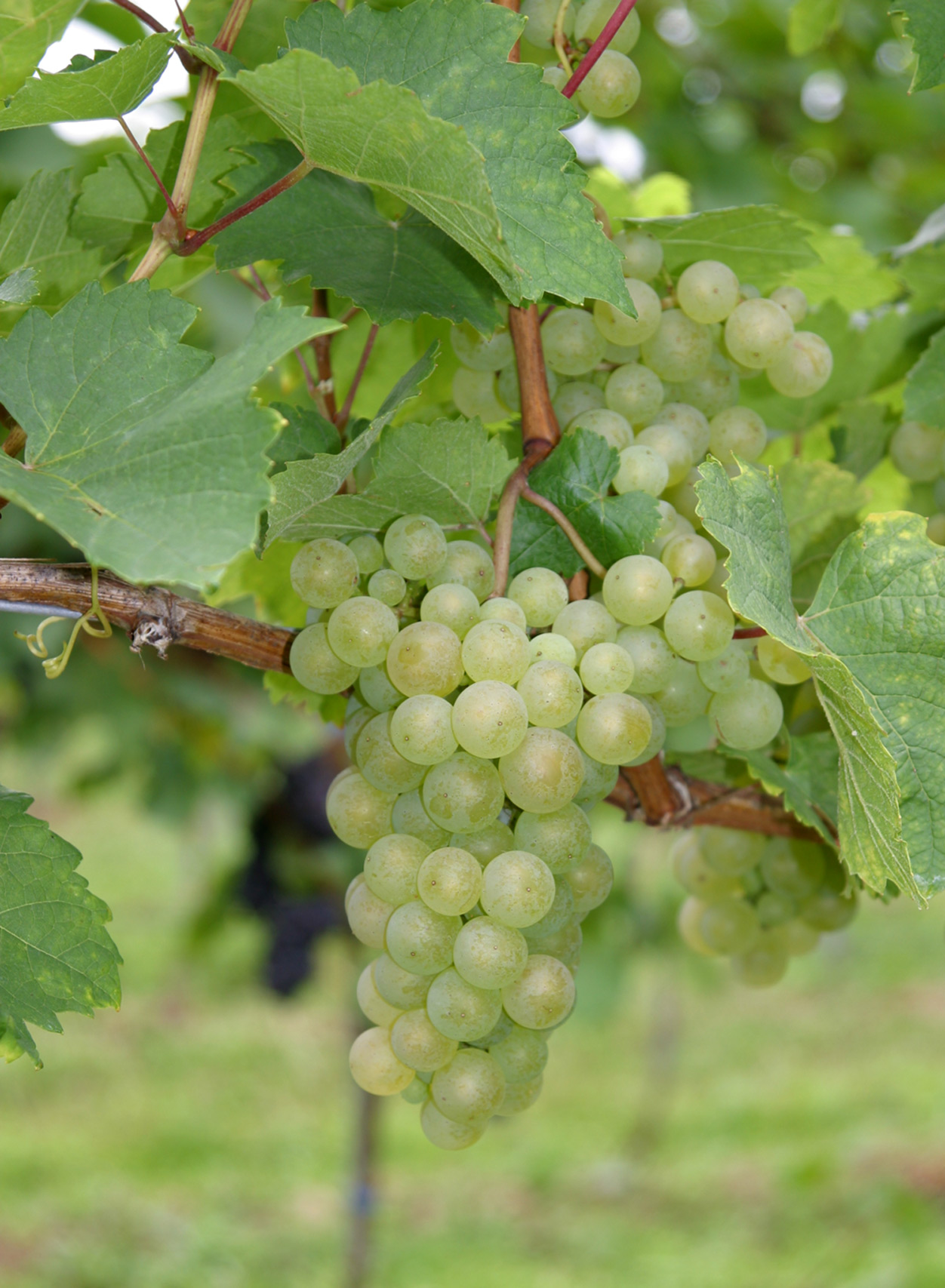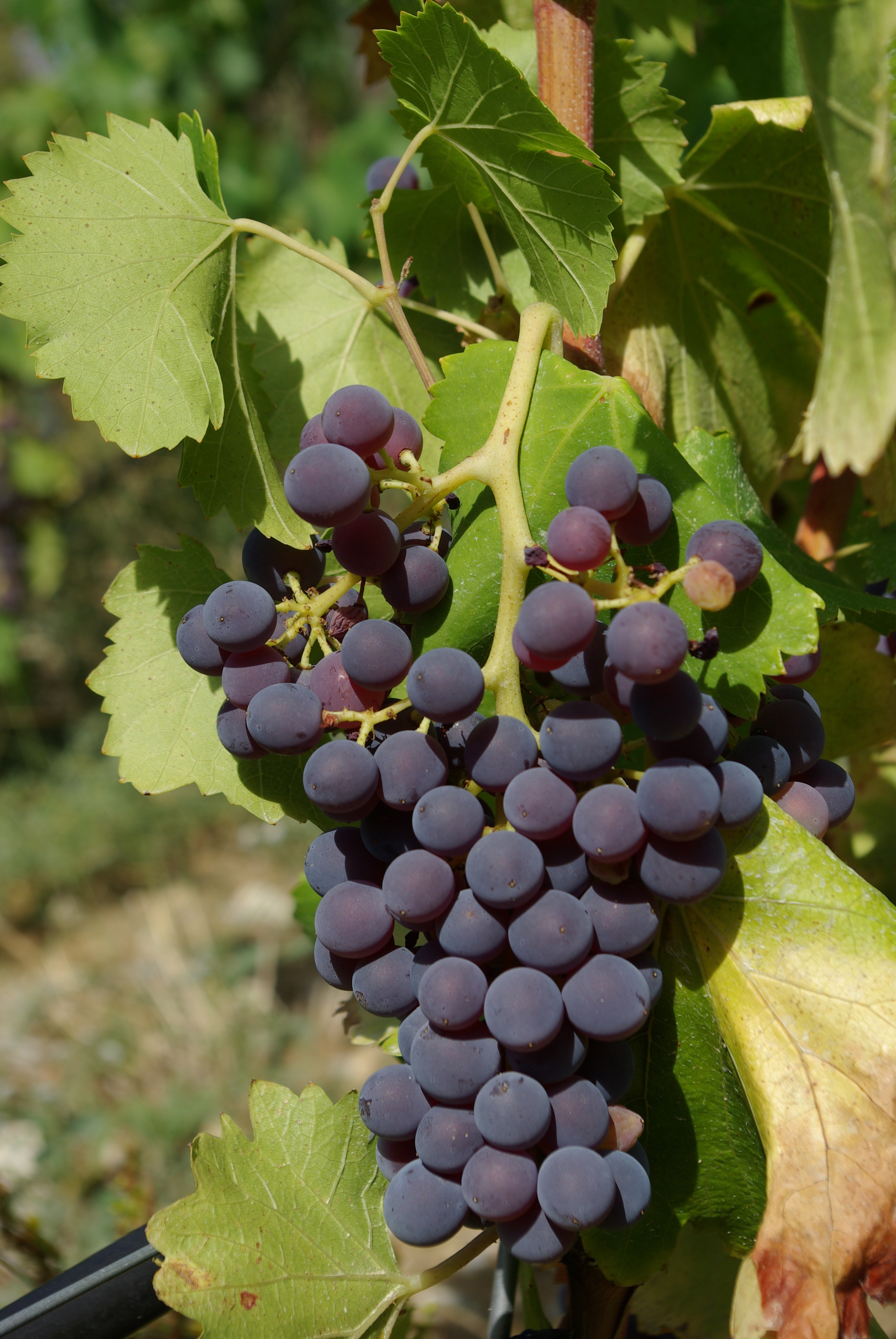|
Lodi AVA
Lodi AVA is an American Viticultural Area located in the Central Valley of California, at the northern edge of the San Joaquin Valley east of San Francisco Bay. The AVA gained approval as a designated wine growing area in 1986 and includes of which are currently planted with wine grapes. In 2002, the area included in the AVA was expanded by ( planted) along the southern and western portions of the original AVA boundaries in San Joaquin County. The appellation includes land in southern Sacramento County and northern San Joaquin County. It is bounded on the west by Interstate Highway 5 and to the east by the political borders for the adjacent El Dorado, Amador, and Calaveras Counties. History The Lodi region has been home to grape growing since at least the 1850s when wild grapes would grow down from trees along the edge of rivers. This led some trappers to call the Calaveras River, which runs through the southern portion of the area, "Wine Creek". Climate and geo ... [...More Info...] [...Related Items...] OR: [Wikipedia] [Google] [Baidu] |
American Viticultural Area
An American Viticultural Area (AVA) is a designated wine grape-growing region in the United States, providing an official appellation for the mutual benefit of winery, wineries and consumers. Winemakers frequently want their consumers to know about the geographic pedigree of their wines, as wines from a particular area can possess distinctive characteristics. Consumers often seek out wines from specific AVAs, and certain wines of particular pedigrees can claim premium prices and loyal customers. If a wine is labeled with an AVA, at least 85% of the grapes that make up the wine must have been grown in the AVA, and the wine must be fully finished within the U.S. state, state where the AVA is located. Regulations The boundaries of AVAs are defined by the Tax and Trade Bureau (TTB), a component of the United States Department of the Treasury. The TTB defines AVAs at the request of wineries and other petitioners. Prior to the TTB's creation in 2003, the Treasury’s Bureau of Alcohol ... [...More Info...] [...Related Items...] OR: [Wikipedia] [Google] [Baidu] |
Chardonnay
Chardonnay (, , ) is a green-skinned grape variety used in the production of white wine. The variety originated in the Burgundy wine region of eastern French wine, France, but is now grown wherever wine is produced, from English wine, England to New Zealand wine, New Zealand. For new and developing wine regions, growing Chardonnay is seen as a 'rite of passage' and an easy entry into the international wine market. The Chardonnay grape itself is neutral, with many of the flavors commonly associated with the wine being derived from such influences as ''terroir'' and oak (wine), oak.Robinson, 2006, pp. 154–56. It is vinified in many different styles, from the lean, crisply mineral wines of Chablis, France, to New World wines with oak and tropical fruit flavors. In cool climates (such as Chablis and the Carneros AVA of California (wine), California), Chardonnay wine tends to be medium to light body with noticeable acidity (wine), acidity and flavors of green plum, apple, and pe ... [...More Info...] [...Related Items...] OR: [Wikipedia] [Google] [Baidu] |
Malvasia
Malvasia (, also known as Malvazia) is a group of wine grape varieties grown historically in the Mediterranean region, Balearic Islands, Canary Islands and the island of Madeira, but now grown in many of the winemaking regions of the world. In the past, the names Malvasia, Malvazia, and Malmsey have been used interchangeably for Malvasia-based wines; however, in modern oenology, "Malmsey" is now used almost exclusively for a sweet variety of Madeira wine made from the Malvasia grape. Grape varieties in this family include Malvasia bianca, Malvasia di Schierano, Malvasia negra, , Malvasia nera di Brindisi, Malvasia di Candia aromatica, Malvasia odorosissima, and a number of other varieties. Malvasia wines are produced in Greece (regions of Peloponnese, Cyclades and Crete), Italy (including Friuli-Venezia Giulia, Lombardia, Apulia, Sicily, Lipari, Emilia-Romagna, and Sardinia), Slovenia, Croatia (including Istria), Corsica, the Iberian Peninsula, the Canary Islands, the island ... [...More Info...] [...Related Items...] OR: [Wikipedia] [Google] [Baidu] |
Malbec
Malbec () is a purple grape variety used in making red wine. The grapes tend to have an inky dark color and robust tannins, and are known as one of the six grapes allowed in the blend of red Bordeaux wine. In France, plantations of Malbec are now found primarily in Cahors in South West France, though the grape is grown worldwide. It is increasingly celebrated as an Argentine varietal. The grape became less popular in Bordeaux after 1956 when frost killed off 75% of the crop. Despite Cahors being hit by the same frost, which devastated the vineyards, Malbec was replanted and continued to be popular in that area. Winemakers in the region frequently mixed Malbec with Merlot and Tannat to make dark, full-bodied wines, but have ventured into 100% Malbec varietal wines more recently.J. Robinson ''Vines, Grapes & Wines'' pg 198 & 204 Mitchell Beazley 1986 A popular but unconfirmed theory claims that Malbec is named after a Hungarian peasant who first spread the grape variety throu ... [...More Info...] [...Related Items...] OR: [Wikipedia] [Google] [Baidu] |
Blaufränkisch
Blaufränkisch (German for ''blue Frankish'') is a dark-skinned variety of grape used for red wine. and California, DNA profiling has shown that Blaufränkisch is a cross between Gouais blanc (Weißer Heunisch; male parent) and Blaue Zimmettraube (female parent; the offspring of Blauer Gänsfüsser). Historical sources of grapevine classification have provided very solid evidence that the geographic area of origin of the variety is Lower Styria (today Slovenian Styria). For a long time before the application of DNA analysis, Blaufränkisch was erroneously thought to be a clone of the Gamay grape variety, due to certain similarities in morphology and possibly due to its name ''Gamé'' in Bulgaria. The German name Lemberger derives from the fact that it was imported to Germany in the 19th century from Lemberg in Lower Styria in present-day Slovenia and then in the Austro-Hungarian Empire. An 1877 export of ''Lembergerreben'' to Germany has been recorded. The almost identical na ... [...More Info...] [...Related Items...] OR: [Wikipedia] [Google] [Baidu] |
Kerner (grape)
The Kerner grape is an aromatic white grape variety. It was bred in 1929 by August Herold by crossing Trollinger (a red variety also known as Schiava grossa or Vernatsch) and Riesling.Vitis International Variety Catalogue: Kerner , accessed on April 23, 2008 accessed on March 6, 2013 Herold was working at a plant breeding station in in the region of |
Grenache
Grenache () or Garnacha () is one of the most widely planted red wine grape varieties in the world. Niels Lillelund: ''Rhône-Vinene'' p. 25, JP Bøger – JP/Politikens Forlagshus A/S, 2004. . It ripens late, so it needs hot, dry conditions such as those found in Spain, where the grape most likely originated. It is also grown in the Italian island of Sardinia, the south of France, Australia, and California's Monterey AVA and San Joaquin Valley. It is generally spicy, berry-flavored and soft on the palate and produces wine with a relatively high alcohol content, but it needs careful control of yields for best results. Characteristic flavor profiles on Grenache include red fruit flavors (raspberry and strawberry) with a subtle, white pepper spice note. Grenache wines are highly prone to oxidation, with even young examples having the potential to show browning (or "bricking") coloration that can be noticed around the rim when evaluating the wine at an angle in the glass. As ... [...More Info...] [...Related Items...] OR: [Wikipedia] [Google] [Baidu] |
Graciano
Graciano is a Spanish red wine grape that is grown primarily in Rioja. The vine produces a low yield that are normally harvested in late October. The wine produced is characterized by its deep red color, strong aroma and ability to age well.J. Robinson ''Vines, Grapes & Wines'' pg 214 Mitchell Beazley 1986 Graciano thrives in warm, arid climates. Wine regions *In Australia, Graciano is used either in blends with Tempranillo or as varietal wines. *In France, the grape is grown in Languedoc-Roussillon as Morrastel or Courouillade *In Spain, the grape produces low yields, but it's a key component of Gran Reservas in Rioja and Navarra, contributing structure and aging potential. In the Rioja DO, 395 ha (0.7%) are planted with this variety.http://riojawine.com While primarily used as a blending partner, some Rioja bodegas produce varietal Graciano wines. *In California, Graciano is sometimes known as Xeres. *The grape is also grown in Argentina. *In the US, Graciano is also g ... [...More Info...] [...Related Items...] OR: [Wikipedia] [Google] [Baidu] |
Gamay Noir
Gamay is a purple-colored grape variety used to make red wines, most notably grown in Beaujolais and in the Loire Valley around Tours. Its full name is Gamay Noir à Jus Blanc. It is a very old cultivar, mentioned as long ago as the 15th century. It has been often cultivated because it makes for abundant production; however, it can produce wines of distinction when planted on acidic soils, which help to soften the grape's naturally high acidity. History The Gamay grape is thought to have appeared first in the village of the Gamay, south of Beaune, in the 1360s. The grape brought relief to the village growers following the decline of the Black Death. In contrast to the Pinot noir variety, Gamay ripened two weeks earlier and was easier to cultivate. It also produced a strong, fruitier wine in a much larger abundance. In July 1395, the Duke of Burgundy Philippe the Bold outlawed the cultivation of the grape, referring to it as the "disloyal Gaamez" that in spite of its ability ... [...More Info...] [...Related Items...] OR: [Wikipedia] [Google] [Baidu] |
Flame Tokay
A flame (from Latin ''flamma'') is the visible, gaseous part of a fire. It is caused by a highly exothermic chemical reaction taking place in a thin zone. When flames are hot enough to have ionized gaseous components of sufficient density they are then considered plasma. Mechanism Color and temperature of a flame are dependent on the type of fuel involved in the combustion, as, for example, when a lighter is held to a candle. The applied heat causes the fuel molecules in the candle wax to vaporize (if this process happens in inert atmosphere without oxidizer, it is called pyrolysis). In this state they can then readily react with oxygen in the air, which gives off enough heat in the subsequent exothermic reaction to vaporize yet more fuel, thus sustaining a consistent flame. The high temperature of the flame causes the vaporized fuel molecules to decompose, forming various incomplete combustion products and free radicals, and these products then react with each other and with th ... [...More Info...] [...Related Items...] OR: [Wikipedia] [Google] [Baidu] |
Dornfelder
Dornfelder is a dark-skinned variety of grape of German origin used for red wine.German Wine Institute: Dornfelder , accessed on May 29, 2008 It was created by (1902–1973) at the grape breeding institute in in the region in 1955. Herold crossed the grape varieties |
Dolcetto
Dolcetto ( , , ) is a black Italian wine grape variety widely grown in the Piedmont region of northwest Italy. The Italian word ''dolcetto'' means "little sweet one", but it is not certain that the name originally carried any reference to the grape’s sugar levels: it is possible that it derives from the name of the hills where the vine is cultivated. In any case the wines produced are nearly always dry. They can be tannic and fruity with moderate, or decidedly low, levels of acidity and are typically meant to be consumed within a few years after release.O. Clarke ''Encyclopedia of Grapes'' pg 86 Harcourt Books 2001 History One theory suggests the grape originated in France and was brought to Monferrato some time in the 11th century.J. Robinson ''Vines, Grapes & Wines'' pg 209 Mitchell Beazley Publishing 1986 A competing theory has the grape originating in the Piedmontese village of Dogliani.K. MacNeil ''The Wine Bible'' pg 332 Workman Publishing 2001 In 1593, an ordina ... [...More Info...] [...Related Items...] OR: [Wikipedia] [Google] [Baidu] |

.jpg)







